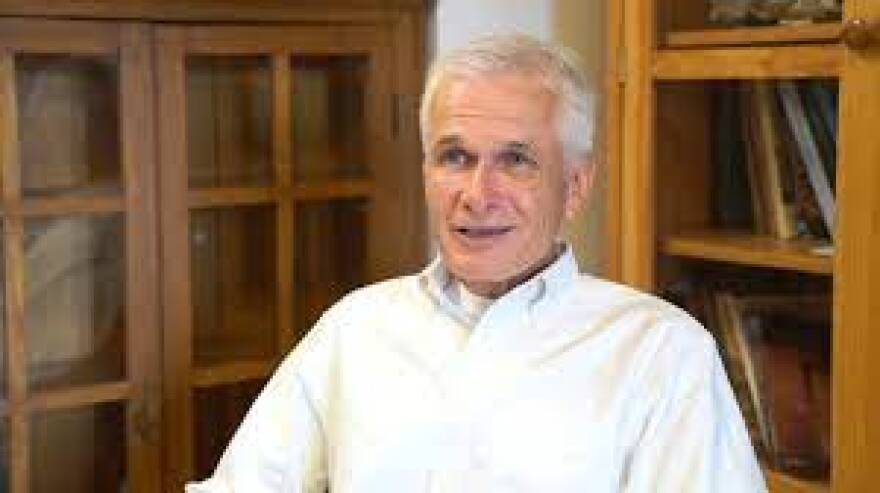Florida’s Capital City is the site of what first seems like a happy Christmas story. But some new research shows the tale probably took some unexpected twists and turns and ultimately ended in tragedy.
You probably know this story pretty well already. The first Christmas mass in America was celebrated in 1539 in what is now Tallahassee, Florida. It took place just a few hundred yards down the street from today’s State Capitol building. And the congregation was made up of a rag-tag band of Spanish Explorers headed by the infamous fortune-hunting conquistador, Hernando De Soto. Much about that expedition has remained murky until this guy came along.
“I’m Dennis Blanton. I’m an associate professor of anthropology at James Madison University.”
Blanton has made a career following the trail of DeSoto.
“For me to come to Tallahassee is like a pilgrimage of sorts because it’s one of the best documented sites that exists archeologically for Hernando De Soto.”
In fact, we interviewed Blanton on the very site of that famous Christmas mass. So we know about DeSoto’s Tallahassee encampment in the winter of 1539-1540, just months after he made a landing in Tampa Bay. And we know about his death a few years later. But what the expedition was up to in the intervening couple of years has been a matter of anthropological and historical debate. Blanton has literally been digging into the story. Years ago, when he was working for a museum in Atlanta, Blanton began looking for a mythical Spanish mission in South Georgia.
“We began our excavations and within a week we had Spanish artifacts. But those Spanish artifacts were about 100 years too old for the mission. So all of a sudden I’m scratching my head trying to explain why these Spanish artifacts of that vintage were at this place where the mission was supposed to be.”
Blanton did even more investigation. Today, he has what he said is a pretty definitive answer.
“Ten years later, I think I can say with a sober face that we probably have a site that DeSoto visited. Now that wasn’t received universally as a verified claim. And that’s kind of the nature of DeSoto studies. It’s a bit fraught territory.”
Mainly because many researchers were previously of the opinion that DeSoto headed west not too long after leaving Tallahassee. Blanton said his excavations say otherwise.
“In March of 1540, he began a pretty speedy trek northward, trying to reach this fabled town of Capudecheche. And he thought if there’s gold and silver anywhere, that’s where it ought to be. And his Indian guide has inferred that. And his first stop was this Indian territory called ‘Capucheche,’ which would be near Albany, Georgia.”
Meaning, the expedition kept to a northerly course, driven by a determination to find long-rumored “cities of gold” in North America.
“And we have found artifacts of the same sort – identical material – at a place where no one believed that he should have visited.”
In fact, Blanton alleges DeSoto kept heading north, through Georgia, and into the Carolinas in an ever-more desperate search.
“And there’s no question that DeSoto was feeling the heat. And so when they pulled out of Tallahassee in March of 1540, he really had to find the payoff or the whole expedition was in jeopardy. They knew, they were geologists enough, to understand that the highest probability for gold and silver would be in the mountainous land. But of course, they never saw it. The Indians in this part of the world favored copper over everything else, much to the disappointment of DeSoto. And he died a broken man on the banks of the Mississippi after 3 years of wandering.”
A sad conclusion to a tale that began with a storybook Christmas celebration in what would become the Capital City of Florida, 485 years later.


